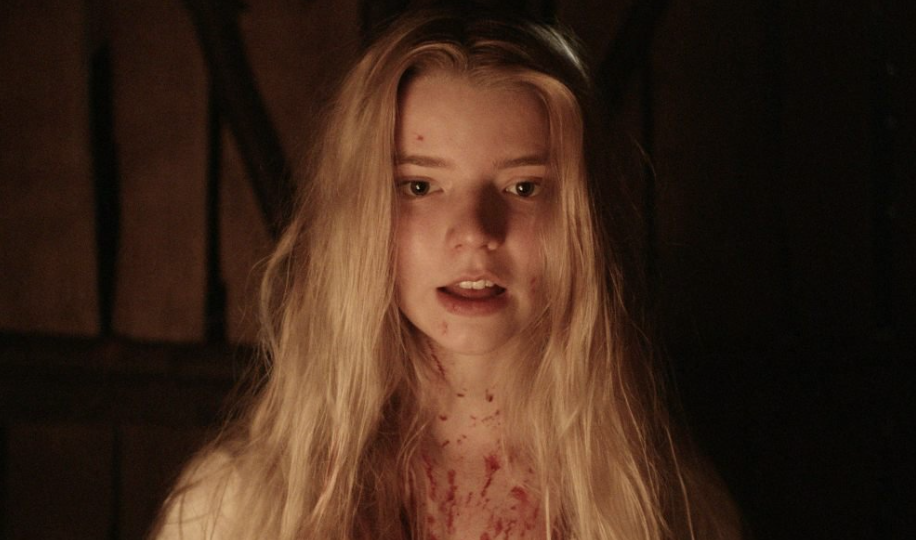Late last week I was asked to tap out a response to Jeff Sneider‘s “Is Tom Cruise the Biggest Movie Star in the World?“, a 6.3 Los Angeles magazine piece. I was in the middle of my stuck-in-Toronto nightmare but I said “sure.” And then I forgot about it. Here’s what I would have written if Air Canada hadn’t made my life so briefly miserable:
“Tom Cruise is the Last Big Movie Star, of course. But there’s still something mechanized and energizer–bunny about the guy. We all know this.
“A real movie star doesn’t just sell tickets — he/she also reflects some rooted, grounded aspect of the culture on some level, or stands for the kind of person we are (or at least aspire to be) deep down. Everyone knew (or at least believed they knew) who the big stars were in the old days — Gary Cooper, Cary Grant, Robert Redford, Al Pacino, Marilyn Monroe, Audrey Hepburn, Meryl Streep, Clark Gable, William Holden, Humphrey Bogart, Katharine Hepburn, Marlon Brando.
“But nobody really knows who Tom Cruise is, not really. Back in the couch-jumping days there was a suspicion that he might have gone around the bend, that he’d become a Scientology fanatic. That notion has since drifted away.

“And yet he’s been selling the hell out of that guy he’s been playing all along, and he certainly deserves credit for keeping that act going and that engine running for nearly 40 years. And for the most part his movies have long stood for quality.
“Cruise has been a major brand and a highly influential audience motivator since Risky Business (’83) and right now he’s obviously riding high off the response to Top Gun: Maverick (currently $291 million domestic and Cruise’s highest-ever grosser).
“So good for him and more power, but he’s always seemed a little too guarded for my tastes. For what it’s worth I’d like to see him play more guys in the vein of Vincent, that gray-haired assassin in Collateral, and that cocaine cartel pilot in American Made.”



